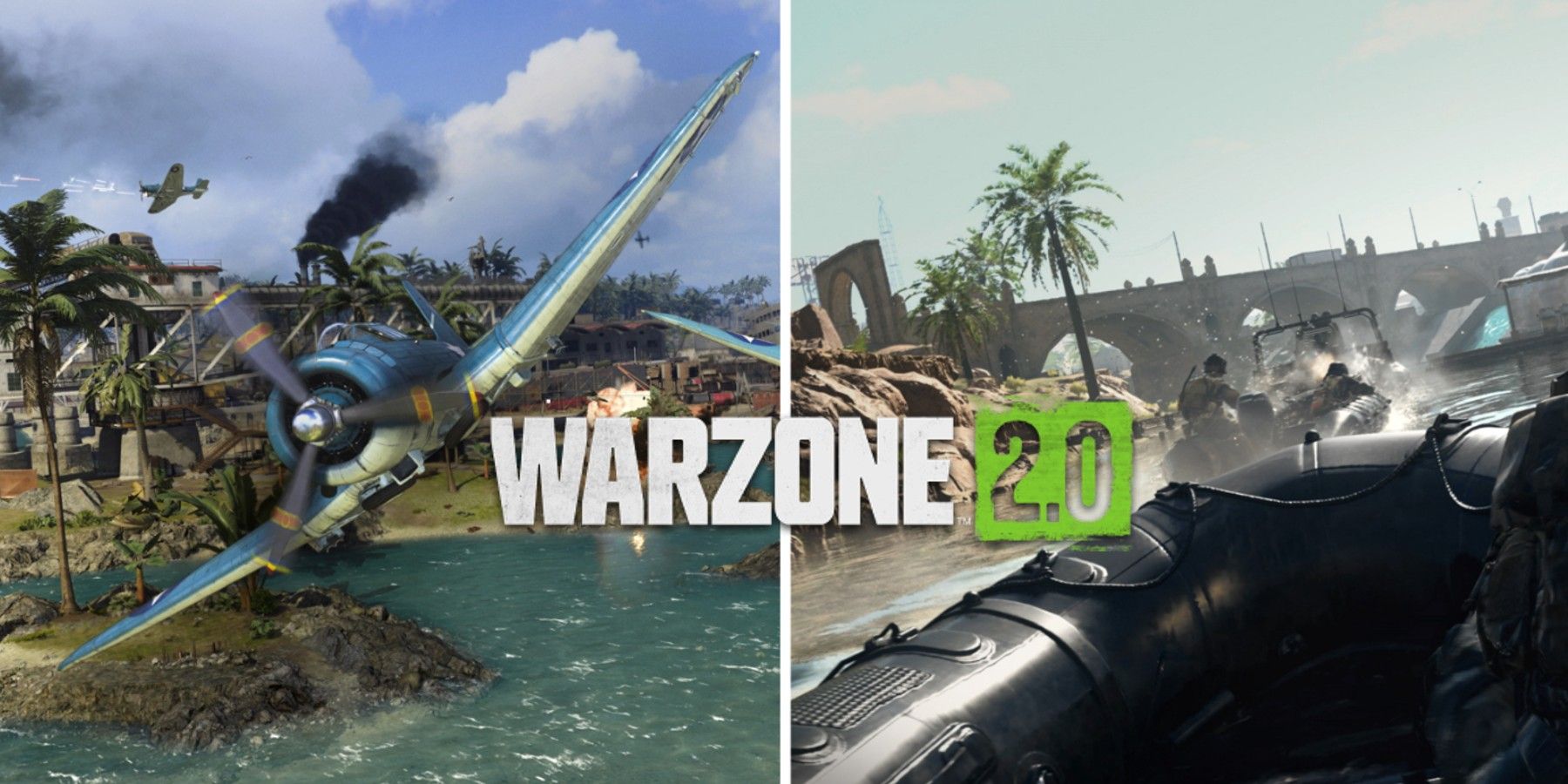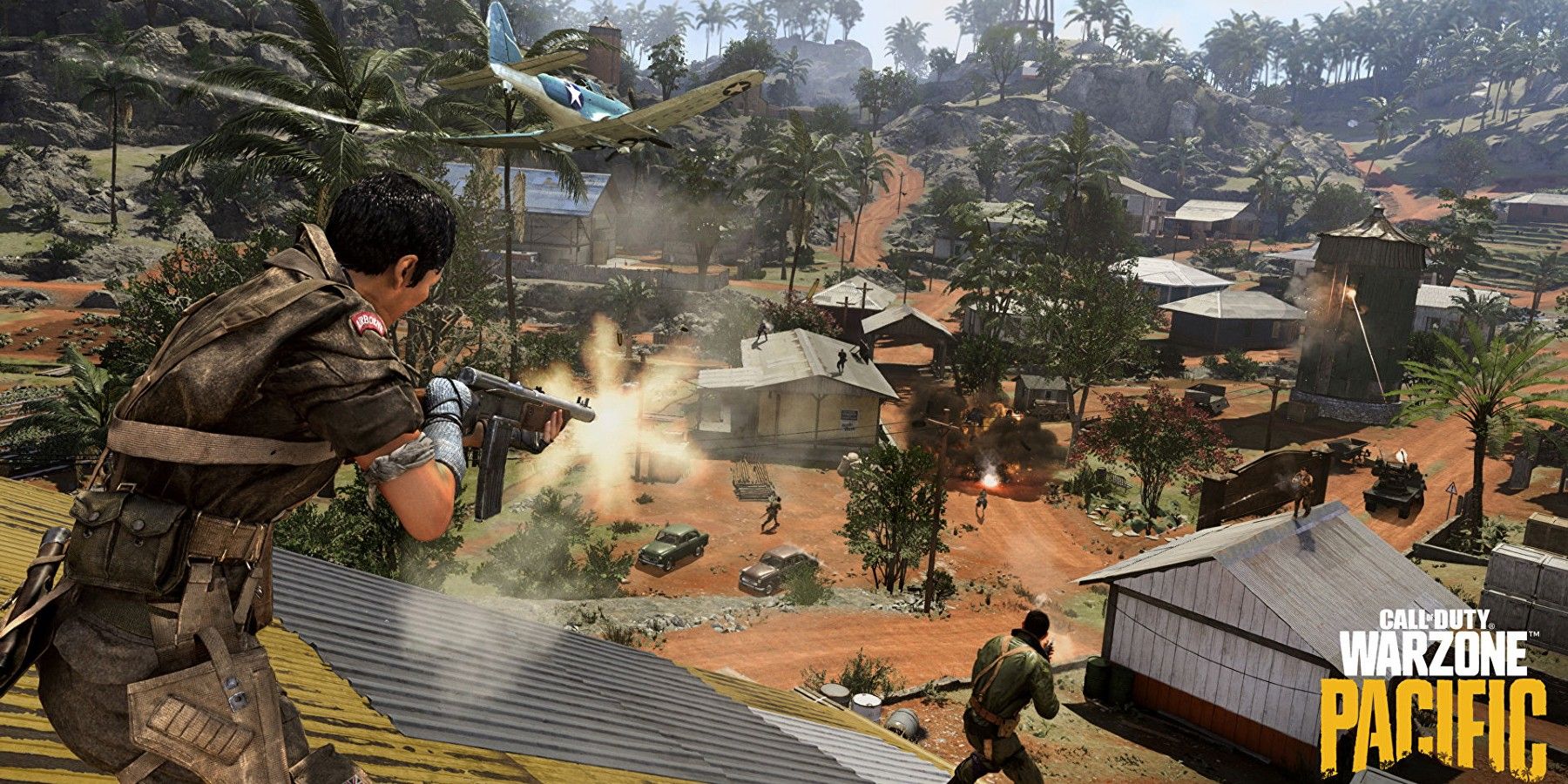Since its debut in 2020, Call of Duty: Warzone has had two maps, each one being very memorable. While Warzone's first map Verdansk is still loved today, with countless fans petitioning to see its return, Warzone's second map, Caldera, has more of a shaky reputation. Modeled after Call of Duty: Vanguard, Caldera adopts a World War 2 Pacific island setting, and while the map itself is pretty solid, the balancing issues plaguing the game at the time have become synonymous with Caldera. Call of Duty: Warzone 2 sets aside Caldera, and chooses to bring a new, more expansive map to the game.
Called Al Mazrah, Call of Duty: Warzone 2's new map is the biggest yet. Across 18 different points of interest, players will explore caves, skyscrapers, ports, fortresses, marshlands, mountains, and villages, all of which boast a distinct, unique identity. With a different time period, different vehicles, a bigger size, and some fun Easter eggs and references, Warzone 2's Al Mazrah is quite different from Caldera.
How Warzone 2.0's Al Mazrah Compares to Caldera
One of the biggest immediate differences players will notice between Al Mazrah and Caldera is the two maps' different time periods. While Caldera put players on a tropical island in the Pacific, set during the height of World War 2, Al Mazrah drops players into a bustling capital city in Western Asia during the modern era. The two different time settings pave the way for each map to have its own unique set of vehicles and weapons.
While Caldera lets players drive some WW2-era jeeps, and fly in some WW2 US fighter planes, Al Mazrah puts players behind the wheels of trucks and armored cars, and behind the flight stick of a helicopter. Similarly, players running about on Caldera will find a plethora of WW2-era weaponry, from MP40s to PPSHs, but in Al Mazrah, players will find a more modern arsenal, including icons like the M4, the MP5, and the SPR.
The change in time periods also leads Al Mazrah to have significantly different architecture from Caldera. Caldera's Pacific island WW2 setting ensures that structures look as though they belong in the 1940s. There are beachside bunkers, airstrips, hangars, old ruins, and survey towers, along with plenty of trenches. Al Mazrah, on the other hand, takes place in a huge capital city. Players can expect to see skyscrapers, a mountaintop observatory, a hydroelectric plant, and an array of towns and villages, all with fairly modern buildings. This time period shift also leads to Al Mazrah having a lot more visual variation when it comes to the game's color palette, as structures can be a mix of different colors as opposed to Caldera's strict gray and orange approach.
Another key comparison between the two Warzone maps is their size. With Caldera being a much larger map than the original Verdansk, it's actually much closer in size to Al Mazrah than some fans may think. In fact, Al Mazrah is only slightly bigger, with about two and a half POIs stretching outside of Caldera's map boundaries. However, bigger doesn't always mean better. While Call of Duty: Warzone 2's Al Mazrah probably has more visual variation in its POIs, it's a little more difficult to traverse than Caldera. A few months into its life, Caldera was updated with Redeploy Balloons, which shot players into the sky, and allowed them to parachute to a new location. Right now, Al Mazrah doesn't have any of these, which can make traversing from one side of the map to the other pretty difficult.
Call of Duty: Warzone 2 is available now for PC, PS4, PS5, Xbox One, and Xbox Series X/S.


